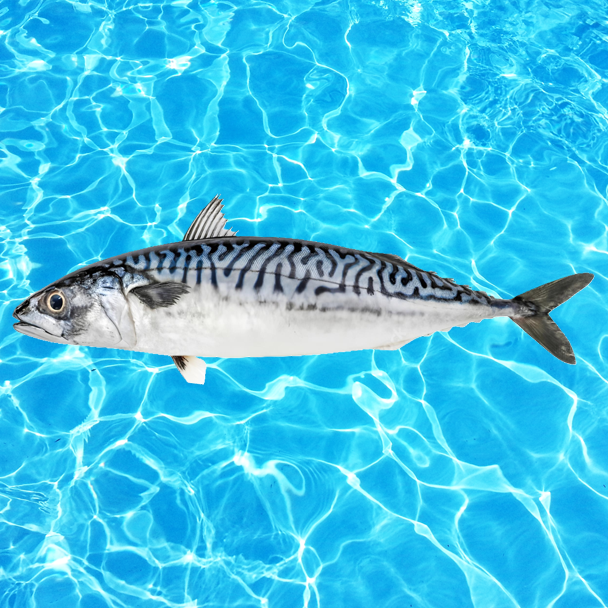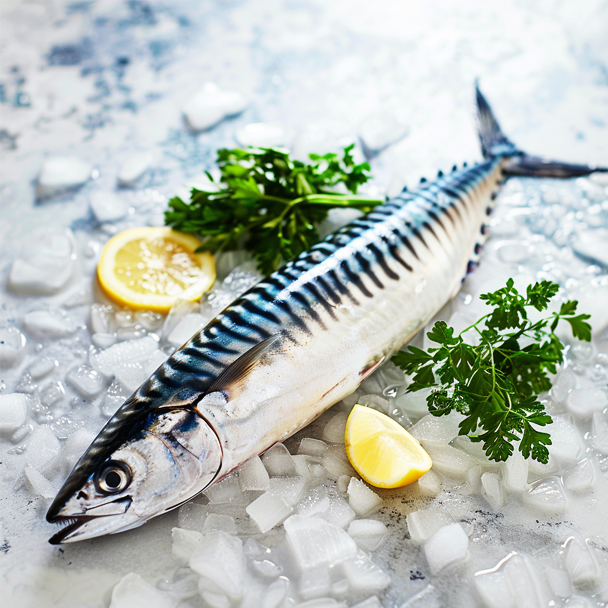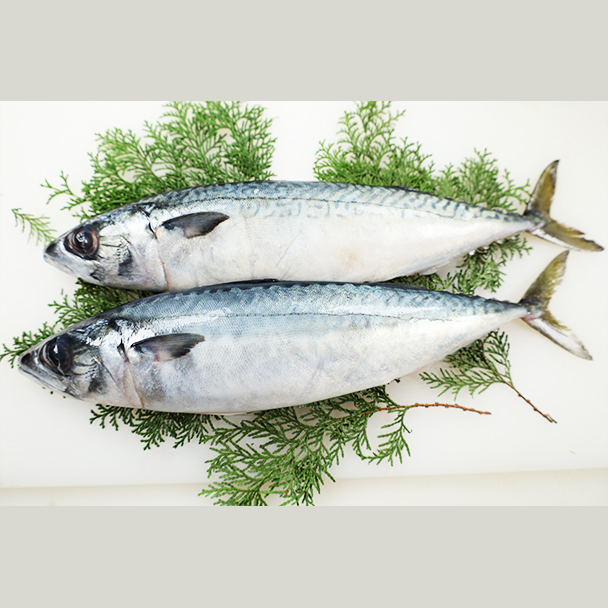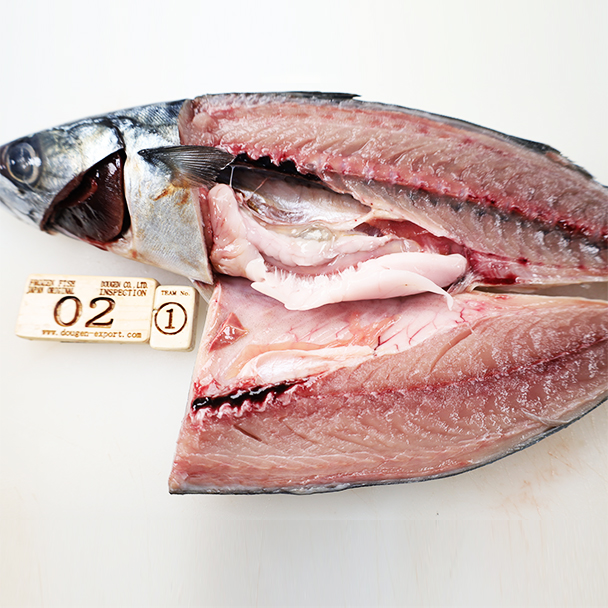








Pacific mackerel (*Scomber japonicus*), belonging to the mackerel family, is a common and economically important fish species widely distributed in the northwest Pacific Ocean, especially around Japan, China, and the Korean Peninsula. It is a medium-sized fish, typically measuring between 30 to 40 centimeters in length, with a streamlined body. The back is bluish-green with distinct black vertical stripes, while the belly is silver-white, making it a strong and agile swimmer.
The flesh of the Pacific mackerel is tender and rich in fat, especially during the autumn and winter seasons when fat content peaks, resulting in a delicious flavor. It is packed with high-quality protein, omega-3 fatty acids (such as EPA and DHA), B vitamins, and minerals, making it an important part of a healthy diet. Pacific mackerel is not only a common fish on everyday dining tables but also a key ingredient in many traditional dishes.
In Japanese cuisine, Pacific mackerel is often served as sashimi, sushi, salt-grilled, or simmered in miso. It is particularly regarded as an alternative to sanma (Pacific saury) during the autumn season. Its rich fat content and nutritional value make it highly favored. Additionally, Pacific mackerel is processed into canned goods, dried fish, or smoked products, allowing for diverse consumption methods.
Due to its abundant catch and stable demand, Pacific mackerel holds an important position in the fishery market, serving as a vital link between fishery resources and consumers.
